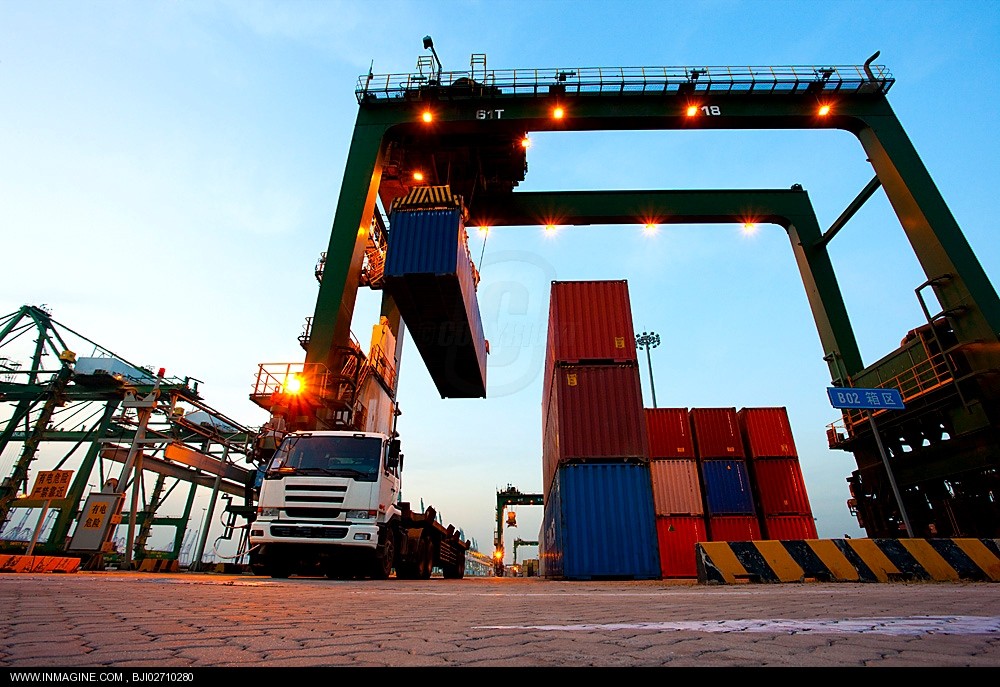Geo-political hotspots and natural disasters have combined to sharpen the focus on risk management for both carriers and shippers. Efforts to ameliorate the effects of such potential causes of loss will undoubtedly grow more intense in 2013. Excess cargo insurance will be as vital a tool as ever in risk management.
Mitigating Possible Loss
Successful attempts to mitigate loss by assessing risks anywhere in the supply chain will add to the bottom line in important ways. Potential commercial losses can be quantified as a first step toward developing strategies to limit such losses in the transport logistics industry.
Potential Scenarios
Supply chain strategists try to ponder every possible scenario that may arise in order to assess risks. Success in this area may literally determine victory or loss. Likewise, the advantages of mapping out alternative supply chain scenarios can be substantial. Complex analysis can be required to try to anticipate the unpredictable in the transport logistics industry. Only a few years ago, most would have scoffed at the nightmarish losses generated by a Japanese tsunami or by pirates off the Somali coast. Then, these heretofore unimaginable threats turned all too real.
It may be very demanding to assess risks presented by threats as diverse as terrorism and computer systems failure. The potential impact of accidents and quality control issues must be fully understood as well. The potential for changing export restrictions is another area to concentrate on. The analytical expertise required crosses many disciplines.
Probability Assessments
This invariably leads to another key effort — probability analysis. Extreme risks can be identified, but there are never enough resources to address every possibility all the time. That is where statistical probability needs to be considered to mitigate risk in the transport logistics industry. A successful enterprise will tackle these challenges by successfully managing risk across widely divergent areas. It is possible to quickly respond to supply chain disruptions when the unexpected occurs. Those whom adapt after assessing risks are also effective at stabilizing their bottom line.
For further insight into how successful risk management can help your enterprise, please contact us.

 1-888-910-4747
1-888-910-4747
